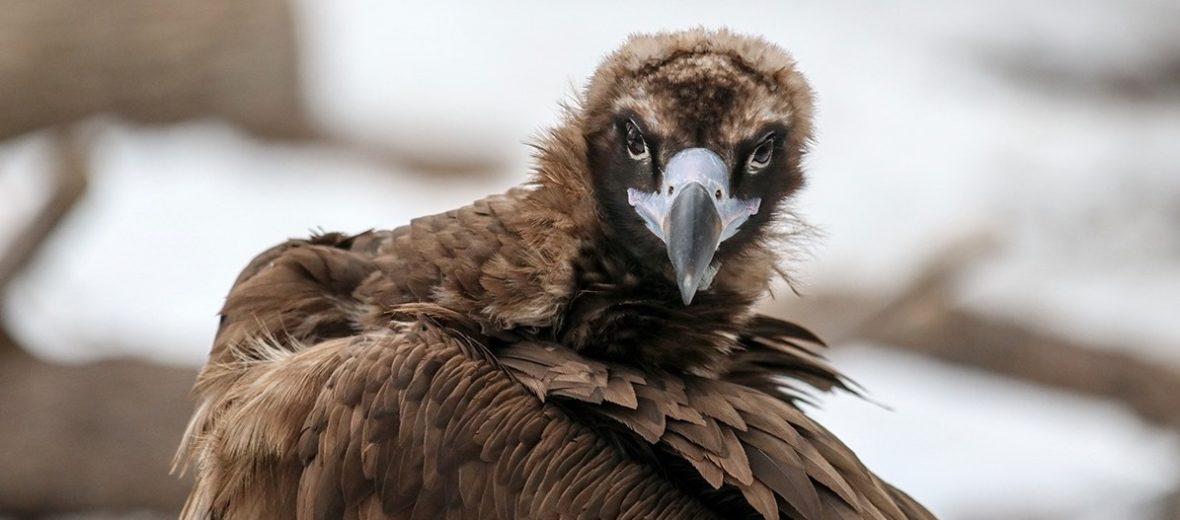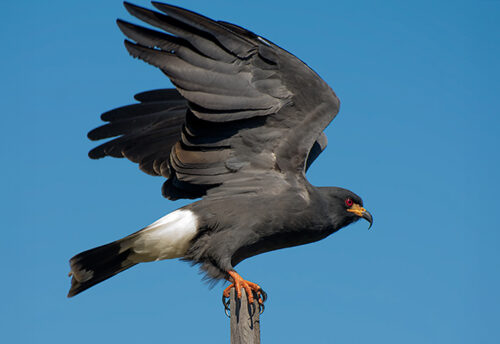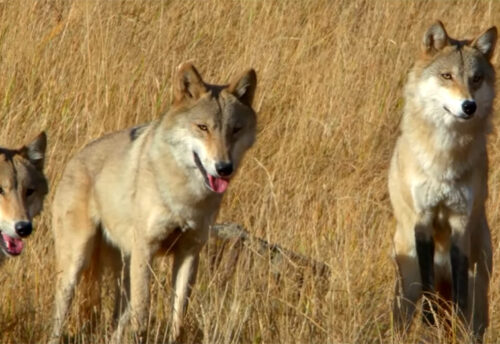
The cinereous vulture, aka black vulture, monk vulture, or Eurasian black vulture, is a large raptor found throughout most of Eurasia. These birds are considered to be the largest of the Old World vultures. They prefer hilly, mountainous areas, with a preference for dry, semi-open habitats like meadows. Seeing as they face many threats like habitat destruction, at the hands of agriculture, energy production, mining, ecosystem modifications, and utility & service lines; hunting; trapping; human disturbances; and climate change, these birds are listed as Near Threatened by the IUCN.
First the Stats…
Scientific name: Aegypius monachus
Weight: Up to 31 lbs.
Length: Up to 3+ feet
Wingspan: Up to 10 feet
Lifespan: Up to 35 years
Now on to the Facts!
1.) There are approximately 22,800 wild individuals and their numbers are decreasing.
2.) These birds are generally solitary. But they can gather into small groups of up to 20 birds, when feeding on a carcass.
3.) Cinereous vultures are diurnal (active during the day).
4.) Like all vultures, they eat mostly carrion (dead animals).
5.) The cinereous vulture populations have declined over most of their range over the last 200 years, in part due to poisoning by eating poisoned carcasses put out to kill dogs or other various predators.
But wait, there’s more on the cinereous vulture!
6.) Just like other vultures, they lack an abundance of feathers on their heads. This aids in keeping hygienic while eating carcasses and helps to prevent disease.
7.) The cinereous vulture tends to breed in high mountains and large forests, preferring to nest in trees or occasionally on cliff ledges.
Did you know…?
The Hebrew word for eagle is subsequently used for the cinereous vulture. Being as this is the case, Biblical passages talking about eagles might actually have been referring to vultures.
8.) Sticks and twigs are used to construct their massive nest, which can measure up to 6.6 feet across and up to 9.8 feet deep!
9.) Typically, a single egg is laid, with the rare exception of there being 2. The egg hatches in up to 62 days.
10.) Both parents participate in rearing their young.
Now a Short Cinereous Vulture Video!
Be sure to share & comment below! Also, check out the Critter Science YouTube channel. Videos added regularly!
Want to suggest a critter for me to write about? Let me know here.
Think you know a lot about critters? Try your hand at these fun, free quizzes:



